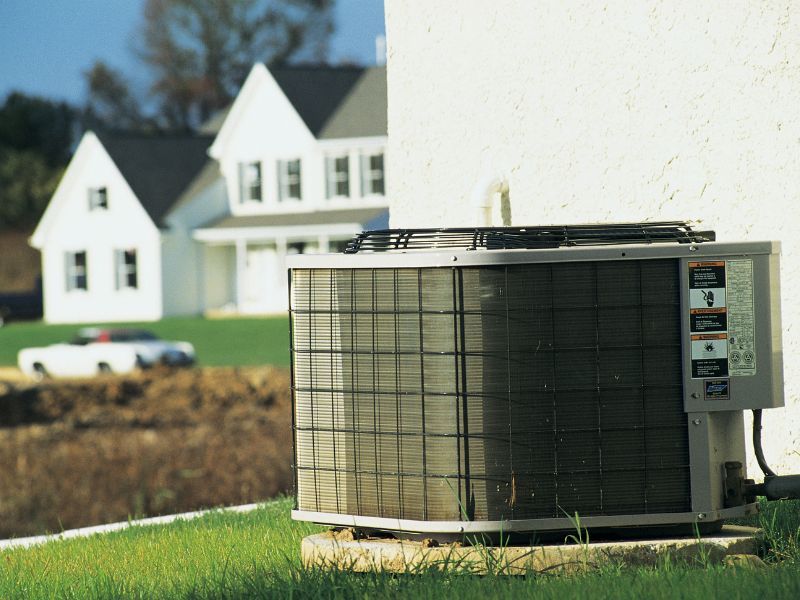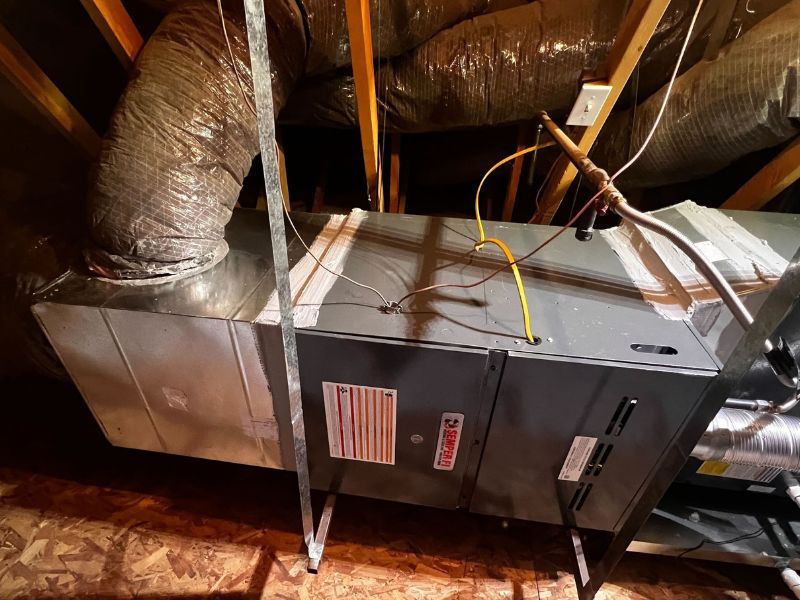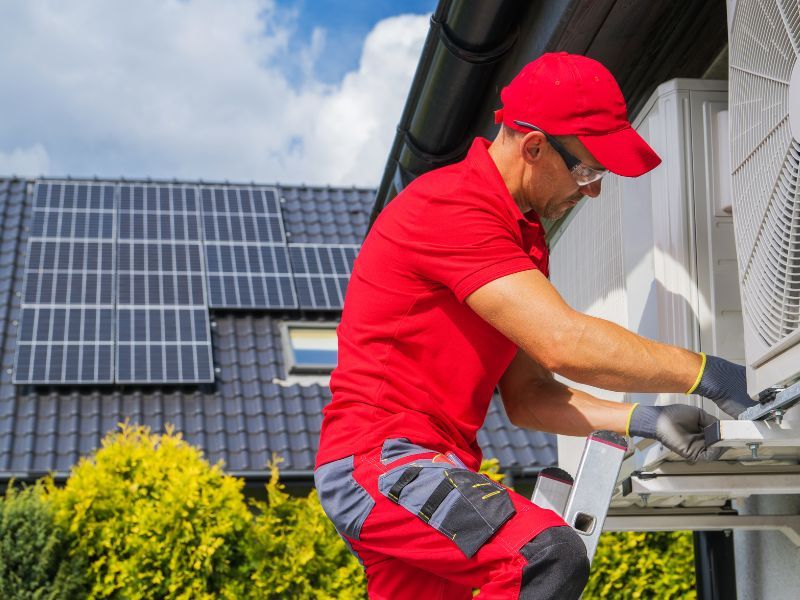What Is A Refrigerant Cycle?
A refrigerant cycle is a continuous process in HVAC systems where a refrigerant substance undergoes phase changes and transfers heat to provide cooling or heating. It involves four stages: compression, condensation, expansion, and evaporation, enabling the efficient transfer of heat between indoor and outdoor environments.
This cycle allows HVAC systems to transfer heat from indoor spaces to outdoor environments (for cooling) or vice versa (for heating), facilitating the temperature control essential for maintaining comfortable indoor conditions.
People Also Ask About Refrigerant Cycle
How does the refrigerant cycle work in air conditioners?
In air conditioners, the refrigerant cycle starts with the compressor compressing low-pressure vapor into a high-pressure gas. This gas is then condensed into a high-pressure liquid by releasing heat to the outdoor environment. The liquid expands in the evaporator coil, absorbing heat from indoor air, causing it to evaporate and turn into a low-pressure vapor.
Why is the refrigerant cycle important in HVAC systems?
The refrigerant cycle is crucial because it facilitates the transfer of heat, allowing HVAC systems to provide cooling in warmer months and heating in colder months. It’s the fundamental process that enables temperature control and indoor comfort.
Can refrigerants be environmentally friendly?
Yes, there are environmentally friendly refrigerants known as low-global-warming-potential (low-GWP) refrigerants. These are designed to have a reduced impact on the environment and contribute to the reduction of greenhouse gas emissions.
HVAC System Cost & HVAC Reviews
Related Pages
Categories


